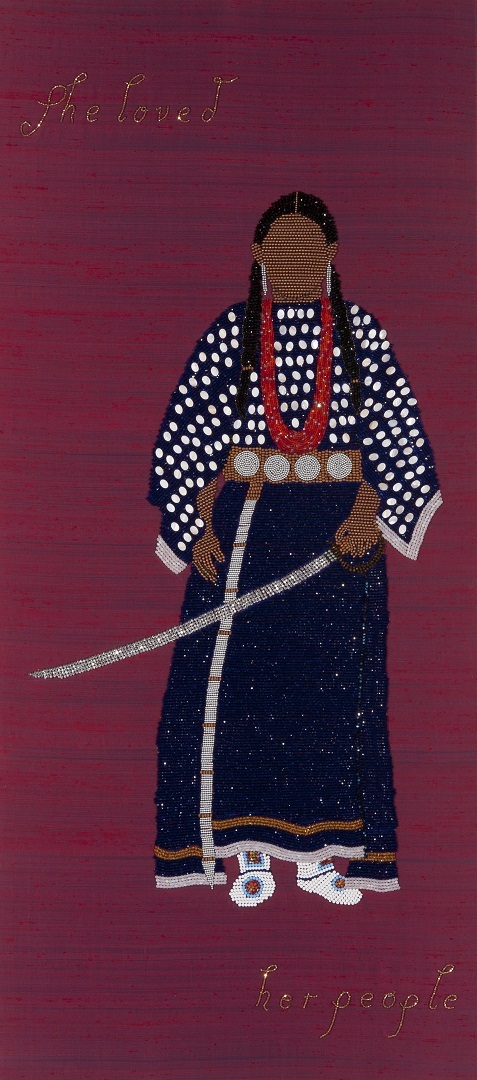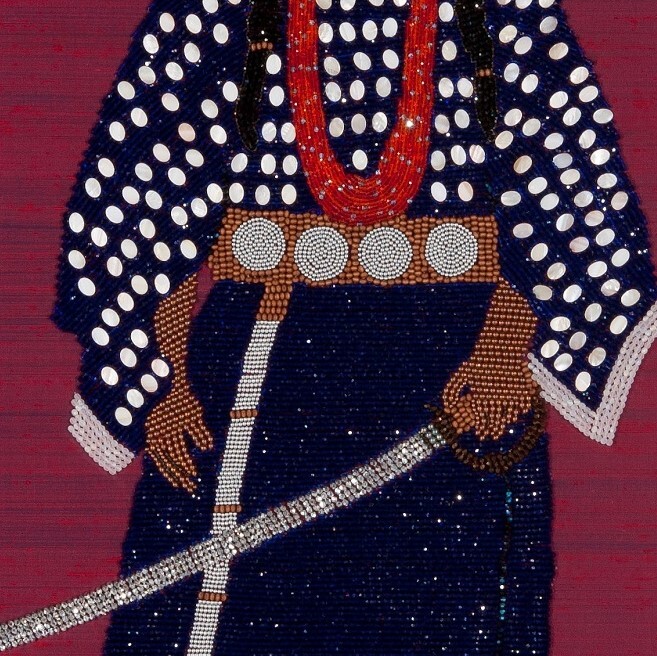

She Loved Her People
She was 16 years old and living with her family. It was winter and they were camped on the Washita River. Her family was being forced onto lands the white man said they could live on. Her chief said he didn’t want any more blood-shed and they were going to be safer now that they were moving. So they camped with some other tribes in a warm spot by the river, waiting out the cold Southern Plains winter.
And then Custer and his American soldiers came without them knowing why. He came with the hand of their angry god, killing everyone. She witnessed Custer come through the camp and kill her parents, her siblings, her cousins, her aunts and uncles, her grandparents…perhaps even that handsome boy she had her eye on. She witnessed that white man, Custer slip his fancy sword into the pregnant belly of a dead Cheyenne woman. It was My Lai only 101 years later and instead of being in the rice paddies of Viet Nam, it was on a frozen river bend in what later became Oklahoma.
She and her brother were of the few who survived. She knew they were joining forces with other tribes and were going to meet that same white man and his soldiers up north. And she wanted to go and fight. Her brother said, no; she was girl and a young one at that. But she slipped into their war party anyway and she made it all the way up to Little Big Horn. And she fought with the men who killed Custer and his soldiers.
When the battle was over, she walked through the smoking field and found his body. That man who had cut open one of her relative’s bellies and had so sadistically killed an unborn baby. She saw his sword and took it from him. And she cut him open from navel to neck.
Today, when Southern Plains Indian women get dressed in their finest traditional clothing, they wear a long German silver “drop” or “trailer” off of their belts. I have one, my sister has one, my mother has one, my aunts and cousins have one. I have worn this trailer my whole life and someday I hope to have a granddaughter who will wear one as well.
We wear this out of respect and in honor for what that young Cheyenne woman did. She did it because she loved her people. She did it because she loved.
This story was passed on to me through my mother. She heard it from an elderly Cheyenne woman who had heard the story from her grandfather. This is how our histories are passed on to us: through the vibrations of sound spoken from one individual to another. It is also the basis of much conflict between how we see history and how history is written and read by non-Natives.
Teri Greeves (Kiowa), 2011
Collection of Portland Art Museum, Portland, OR (click HERE to go to museum online collection)
Materials: Raw silk, canvas, wood, glass beads, wood beads, mother of pearl
Dimensions: 36” x 80”
